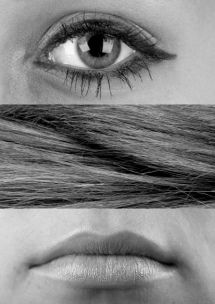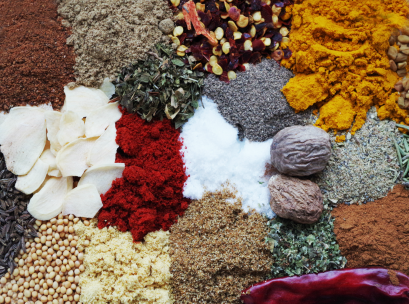 Nothing tantalises the senses more seductively than scent. Whether it’s the smell of freshly cut grass, bread baking in the oven or the perfume of a loved one, scent teases our olfactory system and can evoke all manner of powerful memories and connections.
Nothing tantalises the senses more seductively than scent. Whether it’s the smell of freshly cut grass, bread baking in the oven or the perfume of a loved one, scent teases our olfactory system and can evoke all manner of powerful memories and connections.
That’s because scientists believe that images remain in our memories for longer if we associate scents with seeing them. The sense of smell is also the most direct human sense as it influences 75 per cent of the emotions that we feel on any given day, which is why the use of scent in marketing is such an incredibly powerful and persuasive tool.
In addition to helping lodge a product in a potential customer’s long-term memory, thus increasing memorability, research shows that ‘scent marketing’ can increase perception of a brand’s advertising by 19 per cent and increase sales by as much as 10 per cent. Impressive results.
These impulses become even stronger when the marketing collateral containing the scent is engaging. Research shows that 57 per cent of consumers pay more attention to advertising with a creative design, while 42 per cent find advertising more interesting when some sort of interaction occurs. These findings are supported in Dunkin’ Donuts campaign in South Korea. Bus commuters were exposed to a coffee aroma every time a company jingle was played on the bus. The campaign increased sales by an astonishing 29 per cent in Dunkin’ Donut stores near bus stops.
But how are brands ensuring they enjoy the sweet smell of success when they launch a sensory marketing campaign? The answer is consumer engagement.
The Prostate Cancer Foundation pushed the print boundaries further last year by creating an interactive poster to spread the word about the charity’s annual Big Aussie Barbie, along with the importance of men’s health. This ‘SCENT’sational campaign was made in collaboration with Cloudmaker Consulting and JCDecaux, to engage multiple senses focusing on our sense of smell.
The poster featured in Sydney’s Martin Place inviting people to donate $1.99 to smell ‘what’s cooking’. Through tap and go technology, consumers were rewarded with a familiar aroma of a BBQ emitting from the poster giving Australian’s a little ‘taste’ of the annual event. Accompanying the scent was the sound of sizzling and crackling and the flame on the poster changed colour. These unique ways to engage consumers adds to the overall effect of the campaign.
Engaging with consumers and their sense of smell allows a company to stand out by providing more sensory touchpoints which could work wonders for brands.
 Sense Check: Stimulating the other four senses through print
Sense Check: Stimulating the other four senses through print
Sound
The University of Waterloo and industrial designers Stacklab collaborated with McDonald’s Canada to create a recyclable boombox out of cup holder trays. When users put their phone in the upside-down tray, the two ten-sided foiled cones attached act as speakers creating a portable McBoombox.
Sight
Molson Coors recently incorporated sun-activated ink to the packaging of their Coors Light beer. The photo-chromic ink stays invisible when submerged in ice and once UV rays hit the packaging, the silver changes colour to reds, golds and oranges to symbolise the can coming to life with our favourite summer moments.
Touch
Lubriderm proved that touch can be just as effective as sight when it ran an ingenious ad for its moisturising and exfoliating cream. The ad showed a woman’s face before using Lubriderm, with the image printed on a rough textured paper. Readers were then invited to peel back the image to reveal a picture of the same woman’s face, this time printed on smooth, glossy paper to highlight the cream’s transformative effect. The advert also had a transformative effect on the brand’s bottom line, with sales increasing by an impressive 16 per cent.
Taste
In 2016, United States airline JetBlue targeted the hungry stomachs of flyers through an edible ad. The printed advertisement promoted their newly implemented all-you-can-eat snacks in-flight, inviting consumers to start with the ad. The ad was made of potato starch, water, vegetable oil and glycerin and delivered their message across to passengers in a fun and engaging way.
As seen in VoPP Mag Issue three, The Luxury Issue. Subscribe now at valueofpaperandprint.com.au/subscribe.






